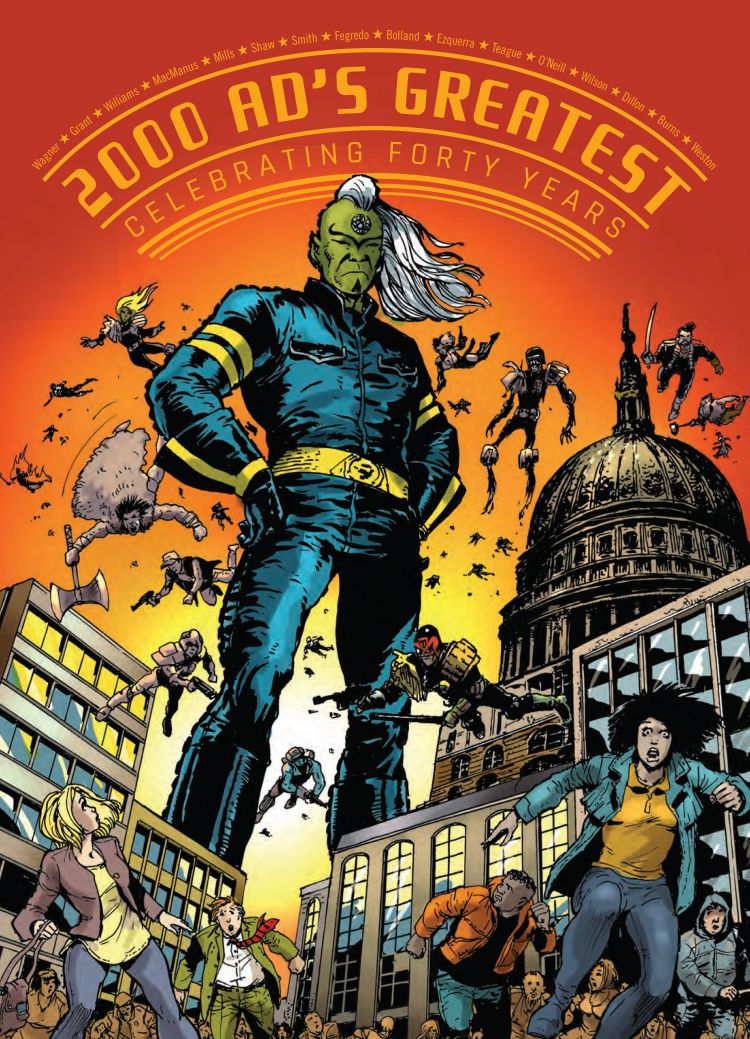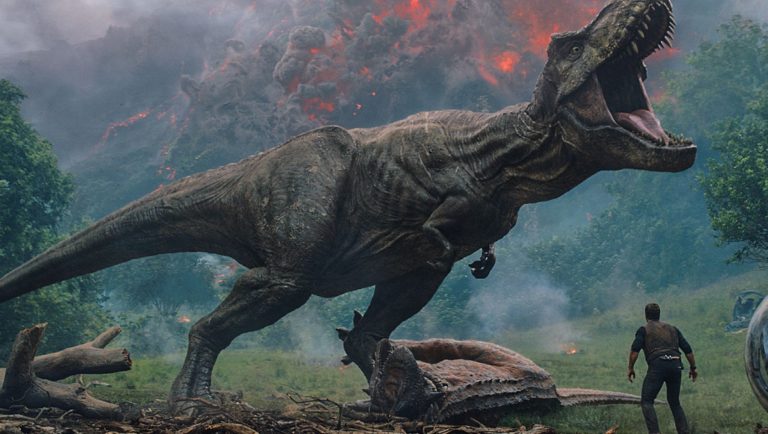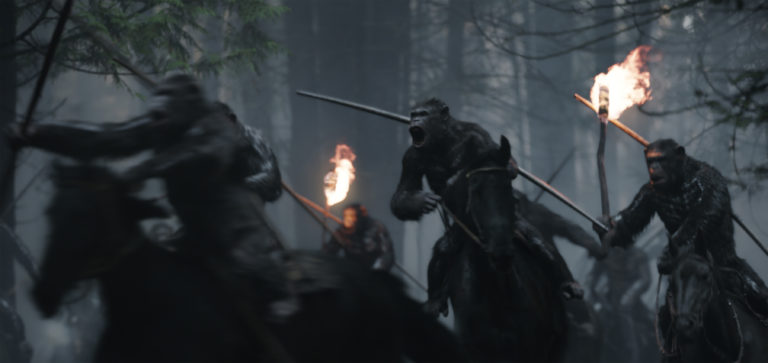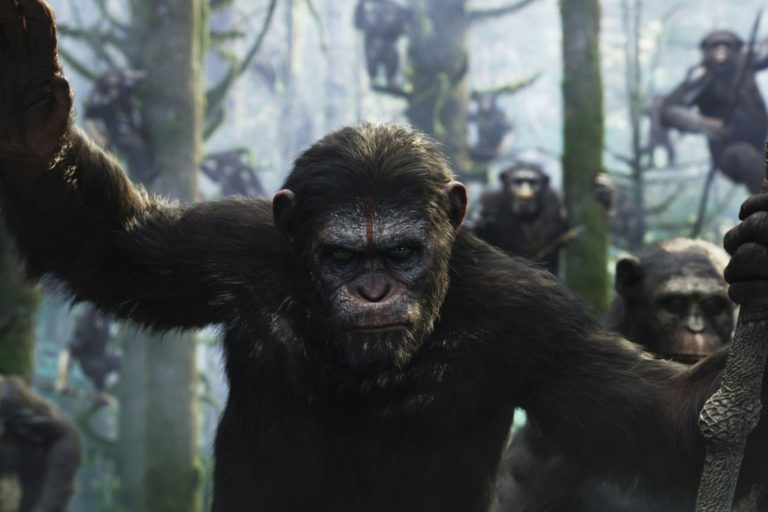I like checking in on the Humble Bundle store every once in a while, sometimes there are...
Month: November 2020
Welcome back to the Jurassic Park retrospective! In today’s post we’re going to talk about the most...
Welcome back to the Planet of the Apes retrospective! In today’s post we’re going to be looking...
Welcome back to the Planet of the Apes retrospective! In today’s post we’re going to be looking...



